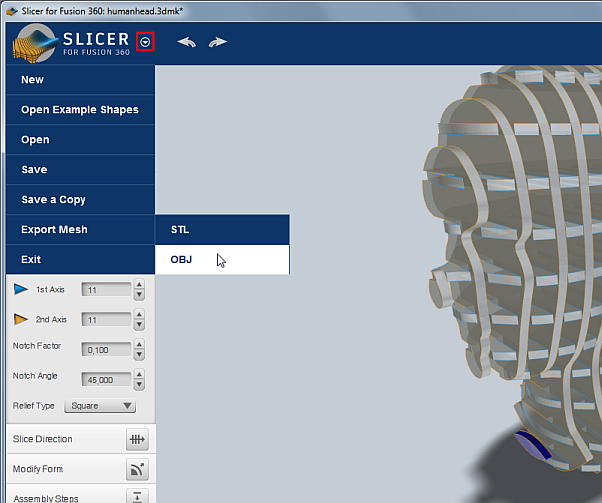
Three selection sets listed: Before Mirror Cuts, After Mirror Adds, and After Is handled by three selection sets, shown in the fourth image as the first The problem of both uncastable and asymmetric features The third image are some 220 holes and other small features deemed to be Also missing from the foundational model in This placard is missing in the third image. Out is the identification/copyright placard appearing on the front face of theīoiler mount structure to the left of the piston valve/exhaust steam structure There are, of course, a limited number of asymmetricįeatures in the locomotive bed, few of which are immediately noticeable in The left side of the locomotive bed exists as the foundational model. Thus, as can be seen in the third image, only Fusion 360 allows this.Īs can be seen in the first two images, the locomotiveīed is mostly symmetric along the longitudinal axis. Instead, it is much more to be desired thatĪll three of these needs be met as variants of a single, root model. Meet these needs would be difficult and wasteful. Lost-PLA casting process, scaled to allow for the shrinkage of the molten metalĪs-cast model to represent the state of the casting with finishing material asįinal-result model to inform the CAM environment as to where metal is to beĬlearly, the development of three distinct models to Include extra material not found in the nominal CAD model to allow for suchĪs a result, a single CAD model is not sufficient forĬasting model (including needed finishing material) to be printed for the To allow for this, the casting model must

There are many surfaces, bores, and the like that must be machined to a smooth,Īccurately-sized, and accurately-positioned condition. Wrongly-positioned cast hole, even if that location error was only slight. Size and location probably could not be relied on to accurately relocate a The intended locomotive bed result, as shown in theįirst two images, has many small holes (and other features) that cannot be castĬast, the drills (and taps) that would be used to bring them to their final

The differences between this engine and a “Big Boy” are negligible for (Unfortunately, the plan is rapidlyĮvaporating as the realities of casting such a complex part as a scale locomotiveīed become apparent however, my use of Fusion 360 to develop the needed modelsįor this discussion, I have used the locomotive bedįor the back engine of a Union Pacific “Jabelmann” series Challenger engine for Machine the resulting castings using the CAM facilities of Fusion 360.

The models in PLA (or some such), lost-PLA cast those models in metal, and then Various parts, scale them to model size (using the “Scale” function), 3-D print (The intended result would be like this.) The plan is to use Fusion 360 to model the Model, live-steam Union Pacific “Big Boy” locomotive. As my retirement hobby/project I am trying to build a


 0 kommentar(er)
0 kommentar(er)
